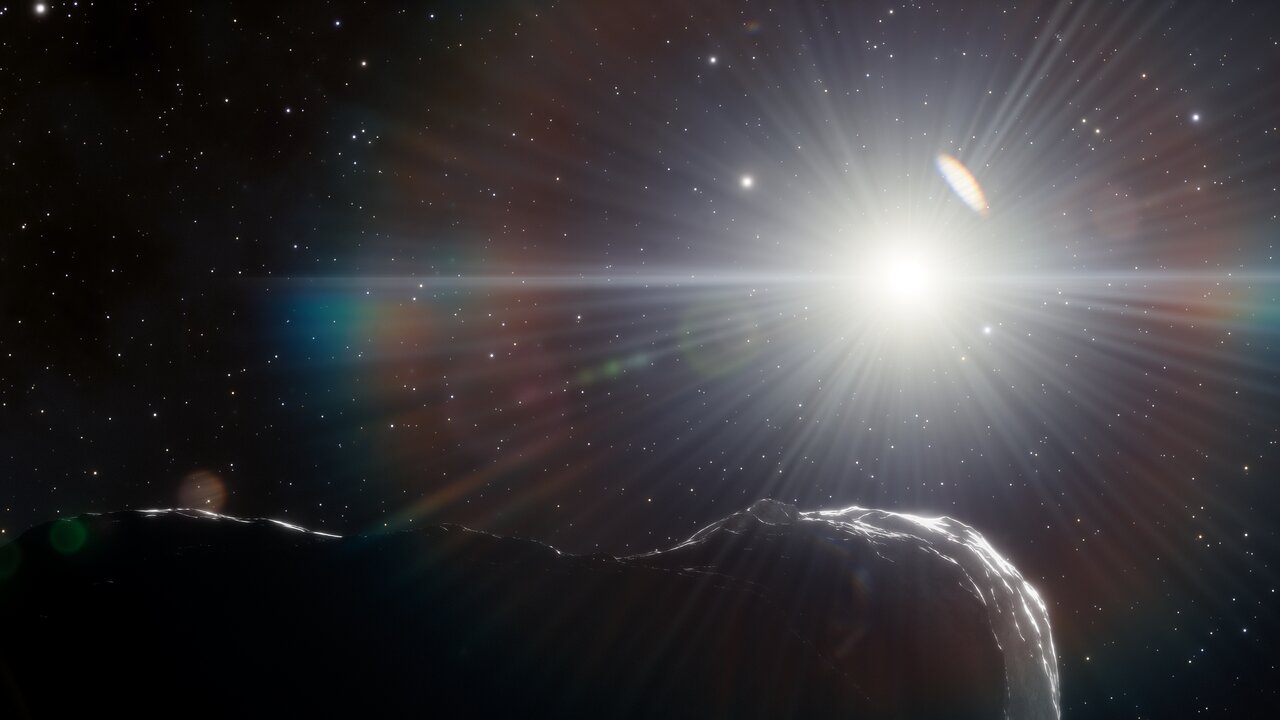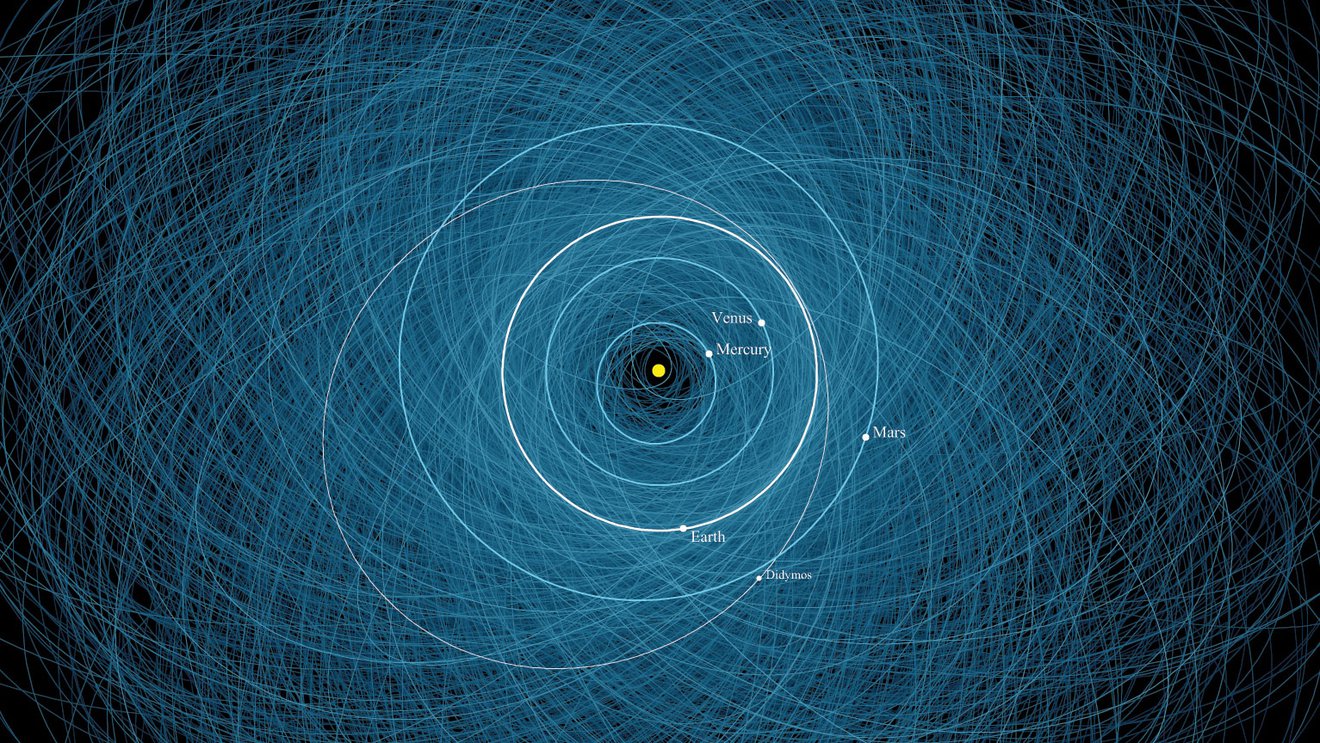Comets have long been seen as omens and portents, and it’s easy to understand why. They first appear as faint smudges of light in the sky, sometimes fading soon after and sometimes becoming brighter than the planets, with a long, glowing tail. They have been observed throughout human history, but it wasn’t until the eighteenth century that astronomers began to predict the return of some comets. Even today, we can’t predict the return of most comets until after they swing through the inner solar system. If such a comet happens to be heading toward Earth, we wouldn’t know about it until too late. But that could change thanks to our observations of meteor showers.
Continue reading “Astronomers Predict the Orbits of Potentially Hazardous Comets From Meteor Showers”Astronomers Predict the Orbits of Potentially Hazardous Comets From Meteor Showers




